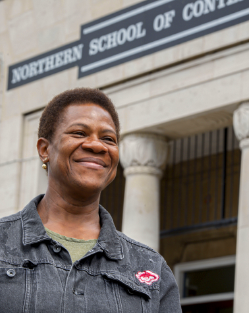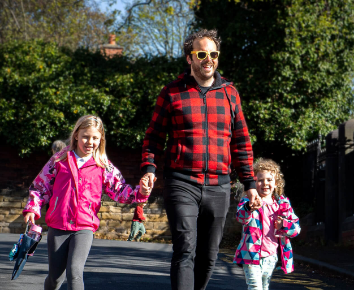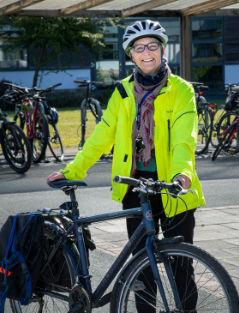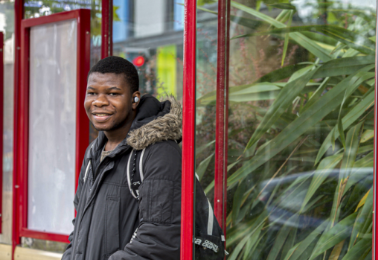Transforming travel in Leeds
Transport emissions contribute to climate change. Enabling people to walk and ride for more of their journeys can help reduce emissions, improve public health, increase levels of physical activity and have a positive social and economic impact.
In Leeds, as with most cities in the UK, too many journeys are made by car. On a local and national level we need to encourage and sustain active travel – foot, bike, public transport – as an alternative.

Date
May 2021
Client
Connecting Leeds - part of Leeds City Council
Scope of work
- Behavioural diagnosis
- Brand development & visual identity
- Campaign development & activation
- Co-production, engagement and community representation
- Lived experience storytelling
- Stakeholder engagement
- UX and website development
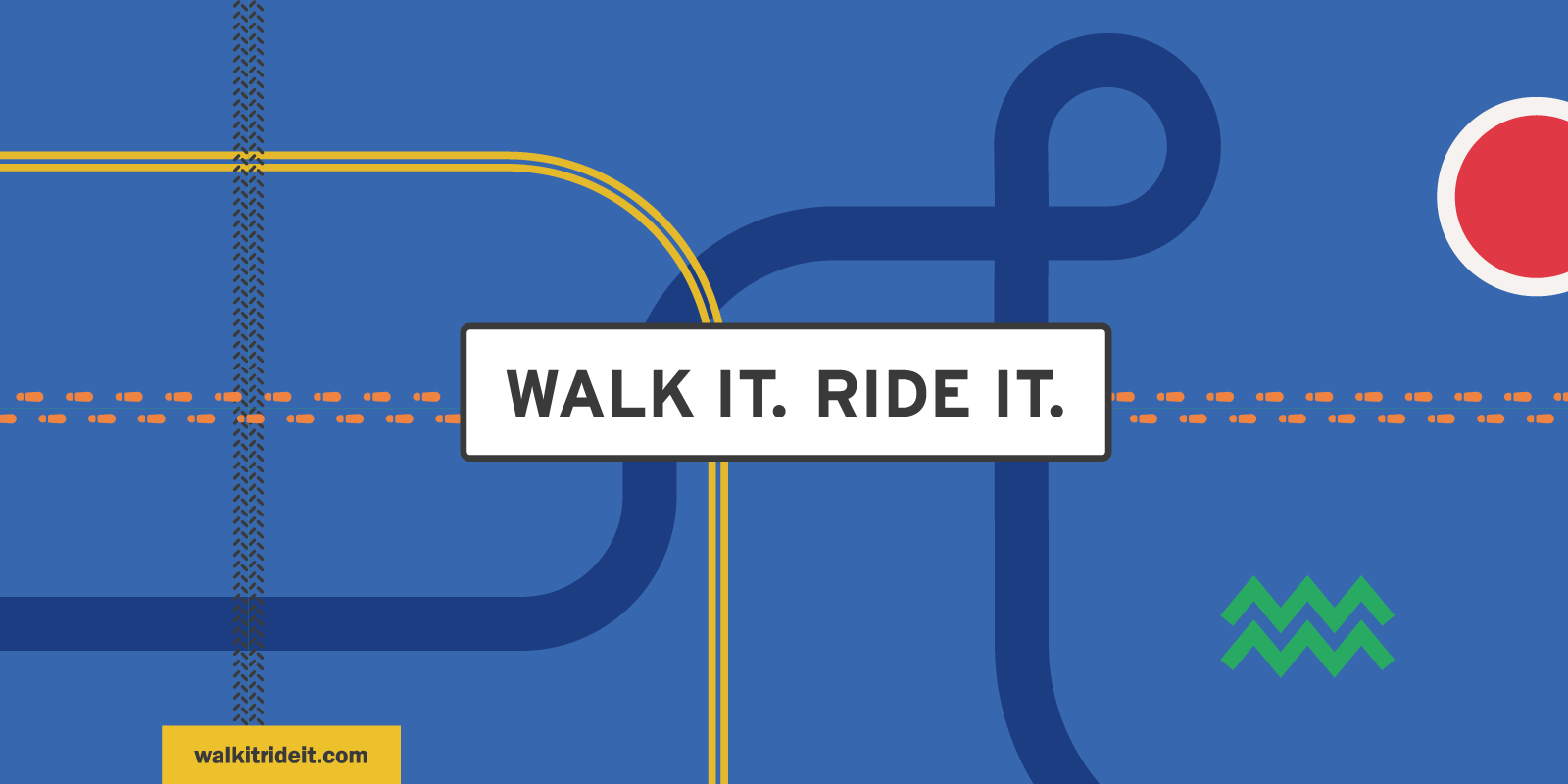
What we did
Together with Steer, Magpie was commissioned to create and deliver a campaign aimed at encouraging and sustaining active travel. We designed an insight-led campaign, co-created with local residents, for active travel across on and offline channels.
The project included insight and co-creation at community level with the formation of ‘Active Travel Communities’, made up of recruited residents from seven geographical locations in Leeds. This insight activity allowed us to co-create a behaviour change campaign.
Using the Transtheoretical-Stages of Change model, our study focussed on those in the ‘Contemplation’, ‘Preparation’ and ‘Action’ stages of change. A longitudinal study allowed us to monitor changes across the duration of the project with pre-questionnaires to determine ‘baseline’ responses; post-questionnaires to track changes, and weekly questionnaires to assess barriers and motivators. Our behavioural diagnosis COM-B focussed on motivation, making the behaviour more attractive by showing the behaviour change advantages, creating positive emotions and supporting the behaviour by helping people to make achievable plans.
Key learnings from the insight were coupled with the behavioural change analysis to inform campaign design: walkers will respond to small/frequent nudges; show the benefits but do not overload; use efficiencies to encourage active travel; support people to find a realistic switch; and speak in plain English, avoiding use of “active travel”.
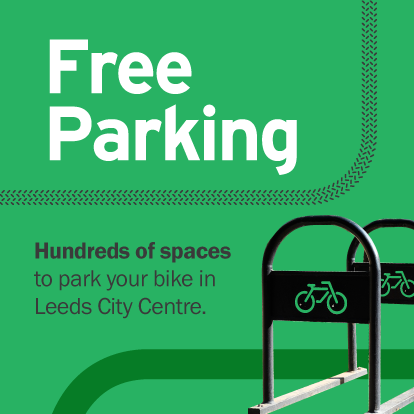
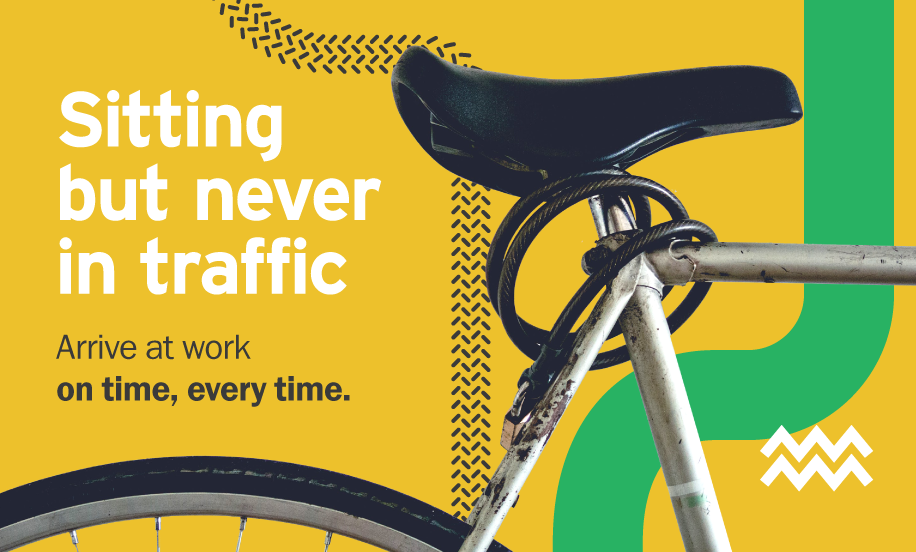
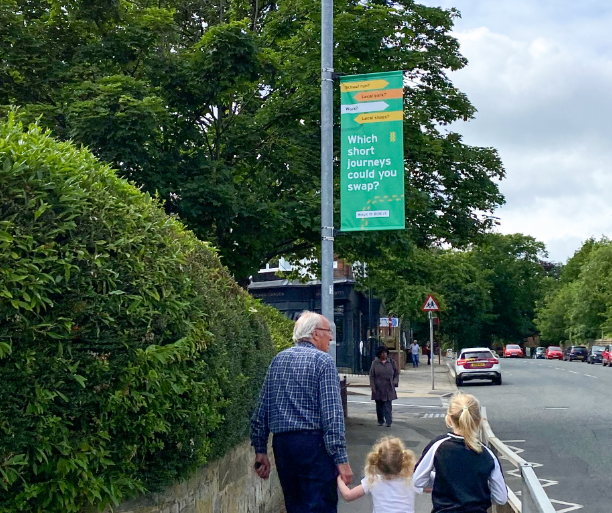
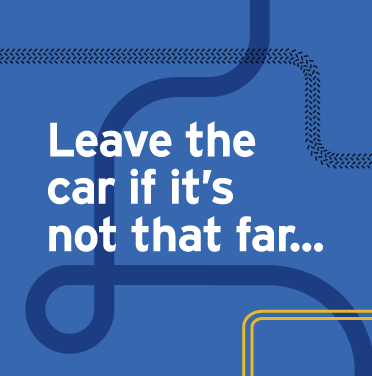
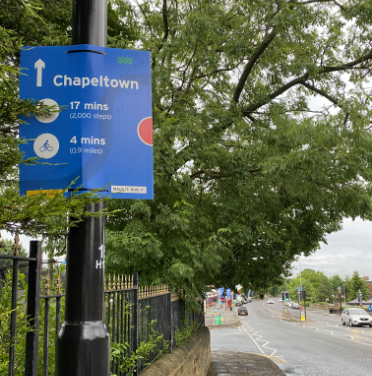
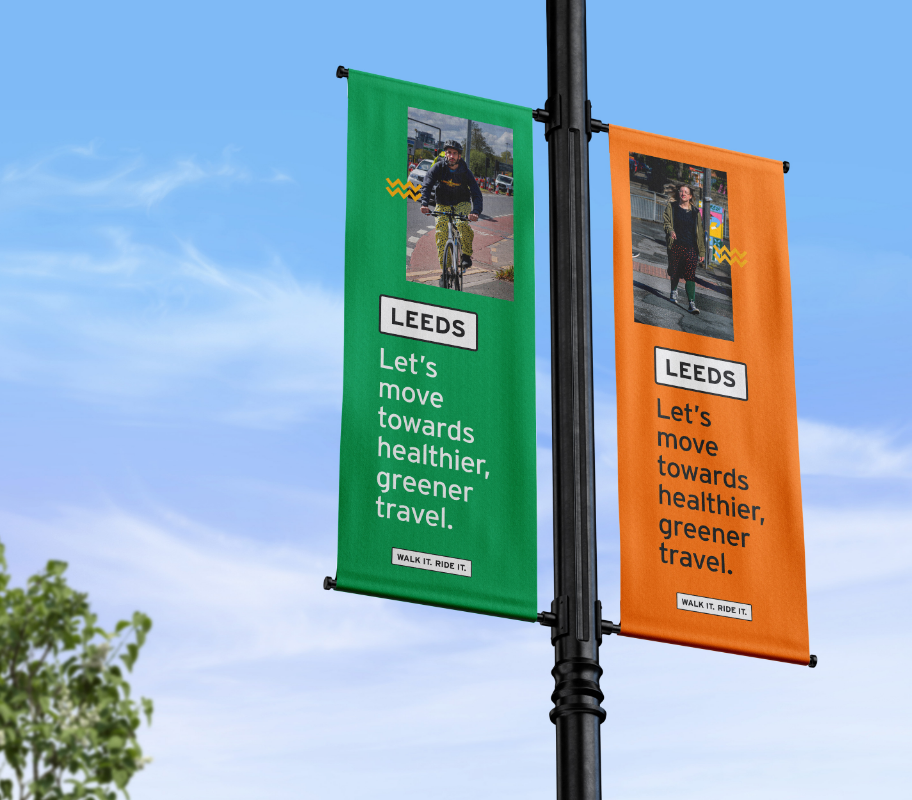
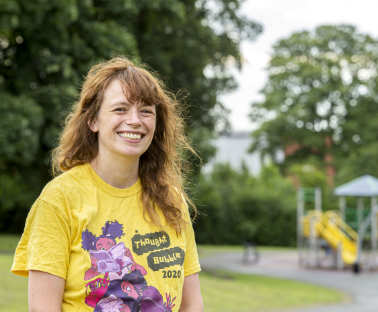
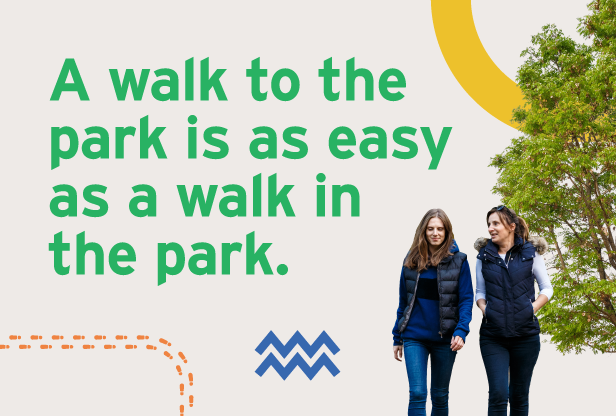
The campaign comprised:
- Digital engagement via a new website walkitrideit.com and social media
- Physical campaign materials: lamppost banners and ambient media such as banners and posters displayed on guardrails, lampposts and cycle stands
- Story telling: we engaged with businesses and community groups, to tell the stories of real people and arrange case studies for testimonials, filming and photography.
Campaign in images (5)

Meet Prabhjot
“I bump into my friends on the way to school and it’s fun to touch and smell the flowers.” Ever since joining the ‘Active Travel Neighbourhood’ schemes in her local area, Prabhjot has been walking to school with her mum and walking home with her grandad. She explains that it’s fun to bump into her friends and to see the neighbourhood cats on her way to school.
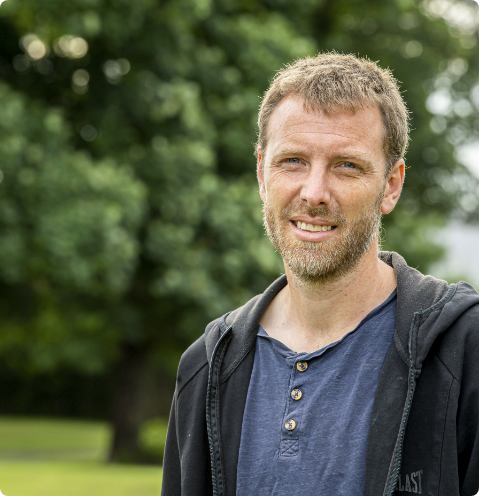
Meet Pete
“In general I feel more relaxed and calm when I get to my desk if I’ve walked or cycled” Pete started to walk to work and cycle to school with his daughter. He enjoys interacting with nature and spending quality time together before his day at work as well as all of the physical benefits of walking.
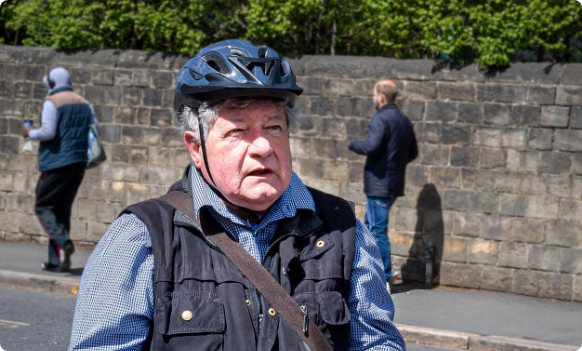
Meet Lloyd
“For me, the biggest benefit is that I feel I’m doing myself good“ Following the loss of his wife in 2015, Lloyd made himself go out. With his car increasingly too expensive to keep on the road, he turned to his bike and found it was a decision he did not regret!
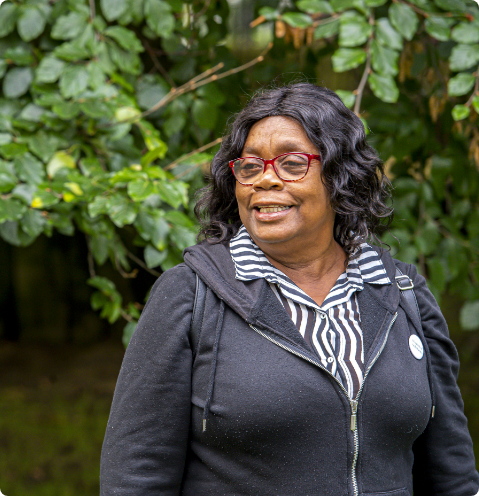
Meet Eileen
“I was amazed at how my blood pressure reduced purely from walking!” Eileen started walking more through the pandemic as it was something to look forward to and take her mind off things. As a Councillor for the Chapel Allerton ward, walking is helping her better connect with the community, but is also having a positive effect on her health.
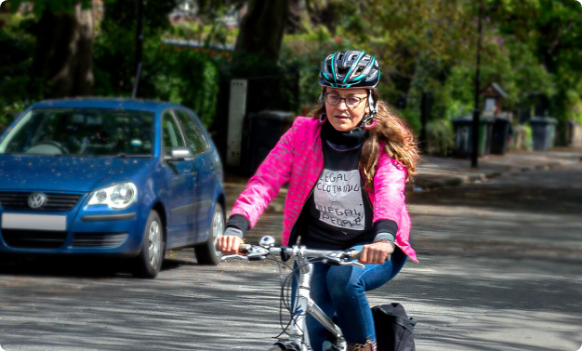
Meet Dr Sara
“I only buy what I need and what I can carry on my bike”Sara explains how biking has given her a unique sense of freedom, with the added benefits of saving time and money, against the backdrop of the pandemic.
Campaign process
Led by insight and co-creation with people from Leeds
Mixed methods research included a longitudinal study, ethnographic study (diary study) and test-and-learn interventions.
Identifying key behaviours and settings to influence
High impact creative, media and awareness raising interventions were designed to educate people about self care and illness management, highlighting the support available in all areas of Primary Care.
Behavioural analysis
We highlighted a range of motivations to emphasise, including physical health, exercise, fresh air, avoiding the need to go to the gym, better sleep, mental wellbeing, connecting with people, stress, and practical benefits of journeys being quick and not having to worry about parking.
COM-B Mapping
We identified core areas to focus the campaign intervention design. It needed to create new habits, prompt people to plan their journeys in advance, highlight the positive benefits and positive emotions, remove physical barriers and help people to recognise opportunities to walk and cycle.
Encouraging active travel
Local people told us that the one campaign should feature many different voices, be clear about what we are asking people to do, be honest and speak in plain English, create a movement that promotes collective action and support people to find an easy switch.
Implementation
The campaign was geographically targeted to hyper local areas to show the local opportunities to switch behaviour. Magpie installed ambient media on street signs. Local people told their stories and featured in case studies for testimonials, filming and photography on the website and social media.
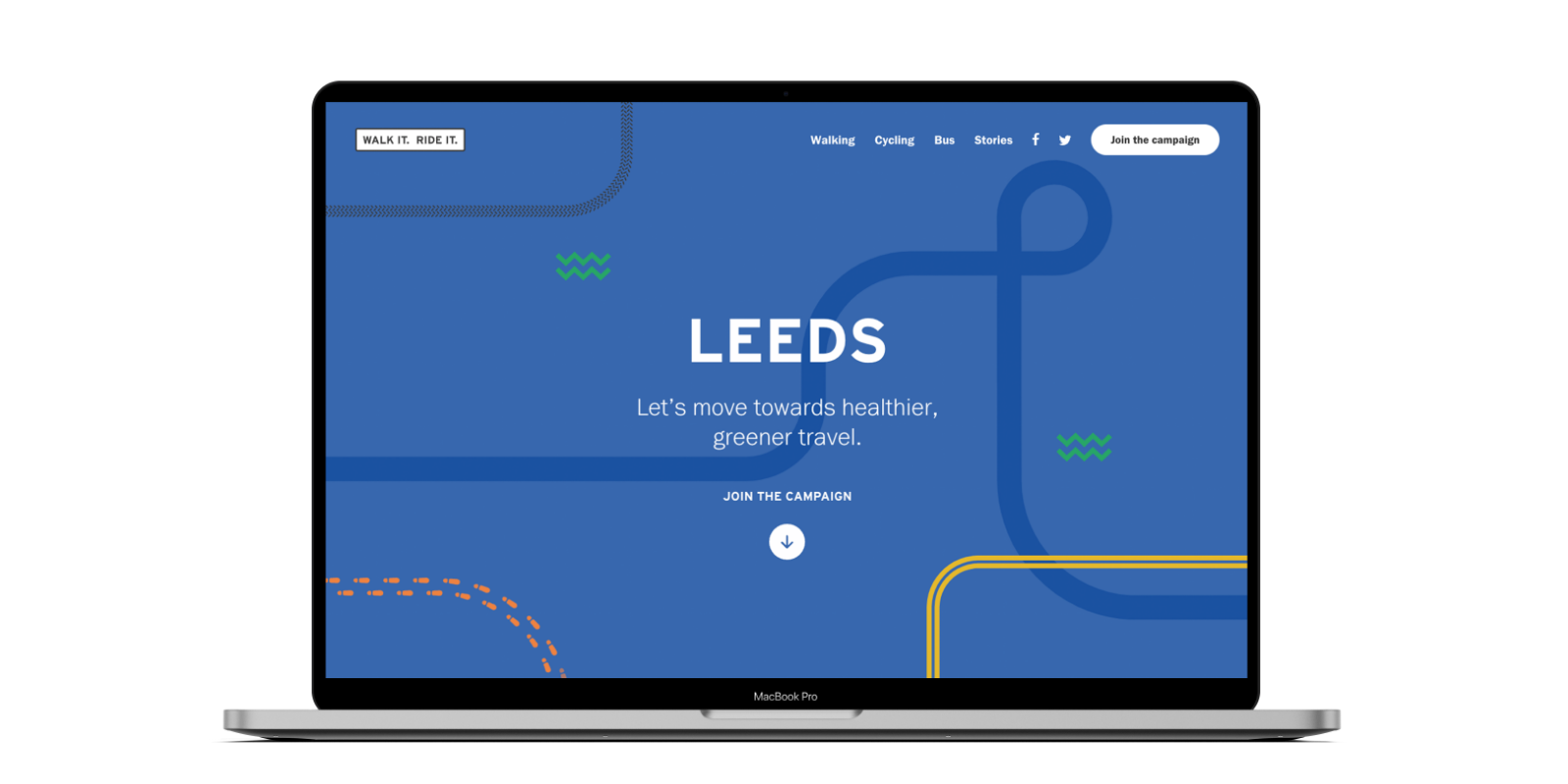
Campaign impact
Targeted digital activity and out of home media successfully reached local residents. More importantly, the behavioural-science driven messaging and campaign approach meant that local people reported their intention to change their future travel behaviours. The campaign is now being rolled out in new areas of Leeds and West Yorkshire.
76%
76% of local residents were aware
of the campaign in target areas
40%
40% of local residents indicated they
intended to make a change in future.
33%
33% of local residents stated they walk more often (33%), 4% travel more often by bus (4%) and 1% more often by bicycle. 15% said they planned to walk more often and travel by car less. These residents indicated that they were making trips by walking instead of driving, including trips to shops/supermarkets, short journeys, to the city centre and to local centres.
See more projects:
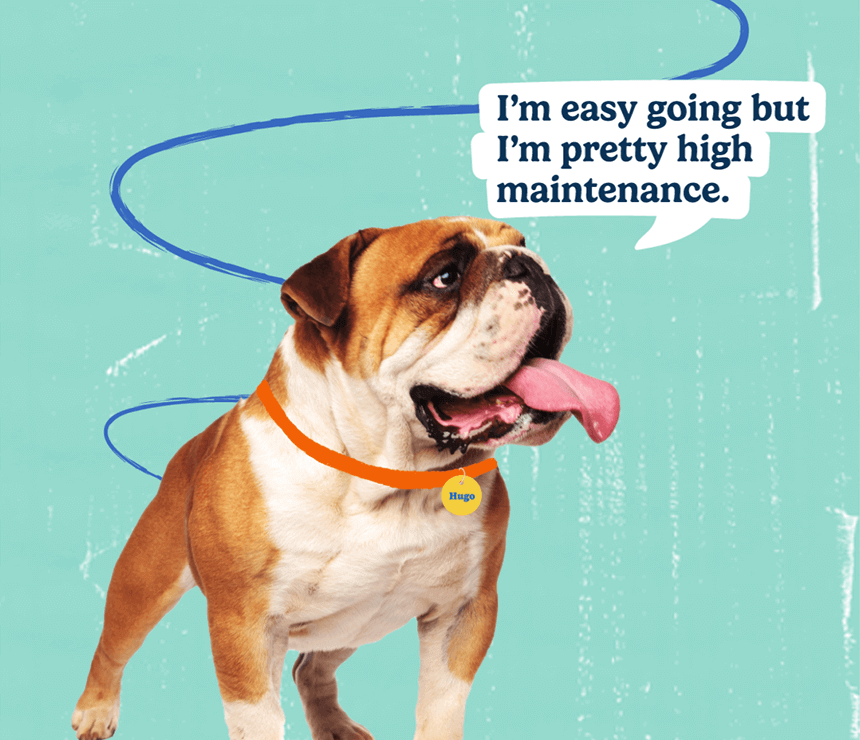
Reducing the demand of Brachycephalic dog breeds
Using creative behaviour change to transform pet ownership
Read more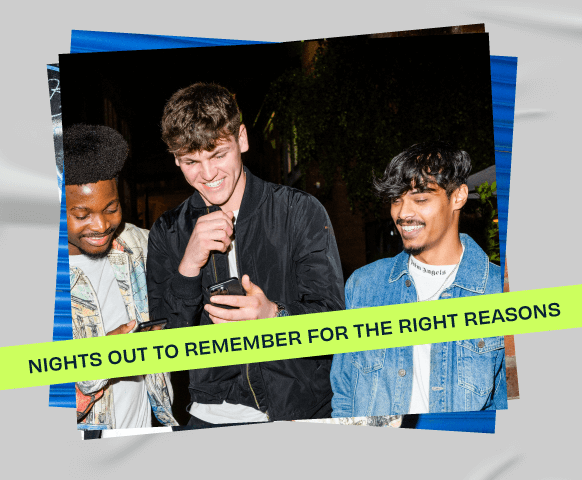
Walk Away
A project to support violence reduction in the night time economy. Research showed that using the power or peer-to-peer intervention could help make nights out safer for everyone.
Read more